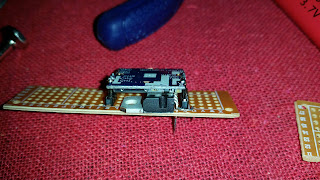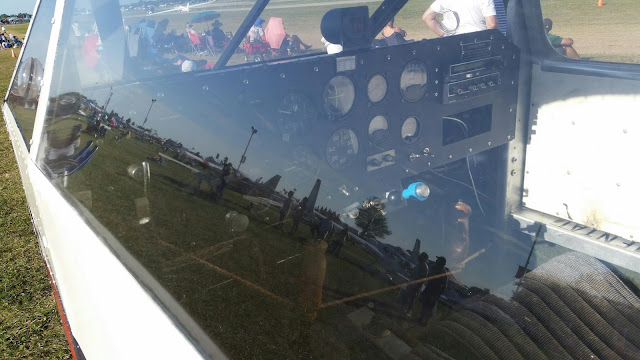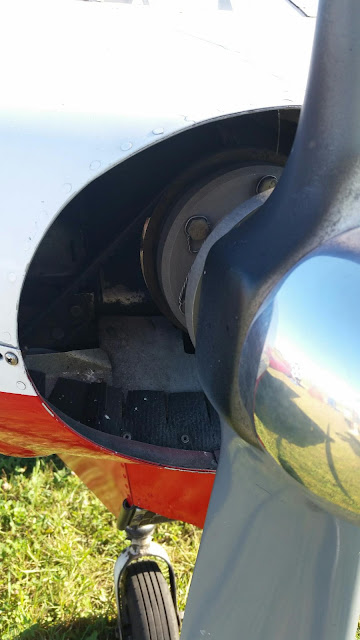A while back, I glued a small FPV camera to a Boscam 10mw transmitter. It worked. It worked great! On a single lipo. This.. becomes an important note.
If you want to take a look at my previous micro FPV rig, click here: http://realtinker.blogspot.com/2015/03/playing-with-fpv-stuff.html
Fathers day rolls around, and I bring my FPV gear to Michigan, to show it off to my Dad. I plug that pretty looking JST plug, into my balance plug to JST adapter, and a whiff of white smoke comes out of the camera. I had forgotten that my 10mw transmitter was 3.3v only. I, in my infinite wisdom, had just fed the poor little thing 12.6v from a fully charged 3s 2200. Whoops.
I'm a bit of a parts hoarder, so I did some digging through drawers, and came up with this little pile of parts.
Here we have the camera, a JST plug, a dip switch pack, some pin headers, some veroboard, the new 50mw transmitter, the burnt out old 10mw transmitter, and most importantly a 7805 5volt voltage regulator.
Why 5v, instead of 3.3v? Well the 50mw transmitter uses 5v instead of 3.3.
First, I need something to work on, so I cut off a bit of veroboard.
And I started the test fitting process. If you have the stuff on hand, always do test fits. And do them often!
If you put a circuit board on the handle of pliars, it gets the pins out of the way, so componets will sit flat. Here I am working out the distance between the pin headers, to see if I can mount the 7805 under the video transmitter.
Something my last camera didn't have, was a way to change channels. This one, does! Sadly, the cost is about 9 grams. The whole previous rig was 9 grams, in the end, this one ends up being 17.4g.
Here's the 7805 under the VTX module. It's a tight fit, but seems just fine in there.
And then I started soldering.
Did anyone ever tell you how hard it is to stop, and take pictures between steps of a tutorial? It's really very hard to remember. Because my next shot was this:
That's the completed transmitter and camera module, with all of the protective hot snot in place.
At least it works, right?
That said, the rig works, and has decent range. I'll try to get some real numbers on range later.
Thanks! If there's enough demand.. I could probably clean the design up, and maybe do something silly like get a board done by oshpark or something.



















































